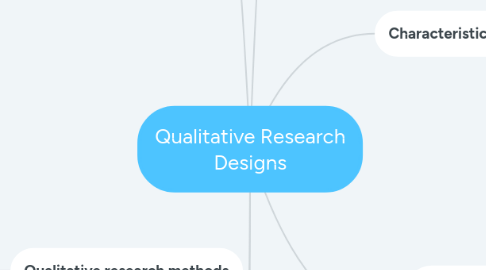
1. Types of qualitative research
1.1. Group interviews: The interview may not be individual, it may also be a group interview (for example, through a focus group) and the purposes may be very diverse. Structured and unstructured interviews: You can have a guide of open questions or not, or apply questions based on what the interviewee says (semi-structured interview) Qualitative observation methods: It is used to collect information about non-verbal behaviors of the subjects. It has the advantage that it allows a behavior to be studied more effectively by performing this action in person. Ethnographic research: Among the characteristics that distinguish this type of qualitative research are: Prolonged stay in the community studied to collect information through observation, preparation of reports that give priority to the contextualization and internal coherence of the observed phenomena, the presentation of interpretations that voluntarily combine narrative, description and theoretical conceptualization. Social network analysis: The goal of social network analysis is to understand a community by mapping the relationships that connect them as a community.
2. Qualitative research methods
2.1. When selecting appropriate qualitative data collection methods, keep in mind that choosing the wrong method will have a significant impact on data quality and data analysis.
2.1.1. Individual interviews The interviewer or researcher collects the data directly from the interviewee. The questions that are asked are mostly open-ended questions in which the interviewer lets the flow of the interview dictate the next questions to be asked. Focus groups You can create a discussion group of 6-10 people and assign a moderator to lead the discussion. Log files This method uses existing reliable documents and information sources similar to the data source. These data can be used in new research. This is similar to going to a library. There you can go through books and other reference material to collect relevant data that can probably be used in the investigation. Observation process In this qualitative research method, the researcher is in the environment in which his respondents are, and keeps an eye on the participants and takes notes. This is known as the observation process. Longitudinal studies This method of data collection is done repeatedly to the same data source over an extended period of time. Study cases In this method, data is collected through in-depth analysis. The versatility of this method is demonstrated in the way that it can be used to analyze both simple and complex topics.
3. By Miguel Angel Fernandez 2022
3.1. Resources
3.1.1. Kumar, P. (2013). Qualitative research designs: a conceptual framework. International Journal of Social Science & Interdisciplinary Research, 2(1), pp. 118 - 124.
